Renew Your USEA Membership for the 2023 Season Today LEARN MORE
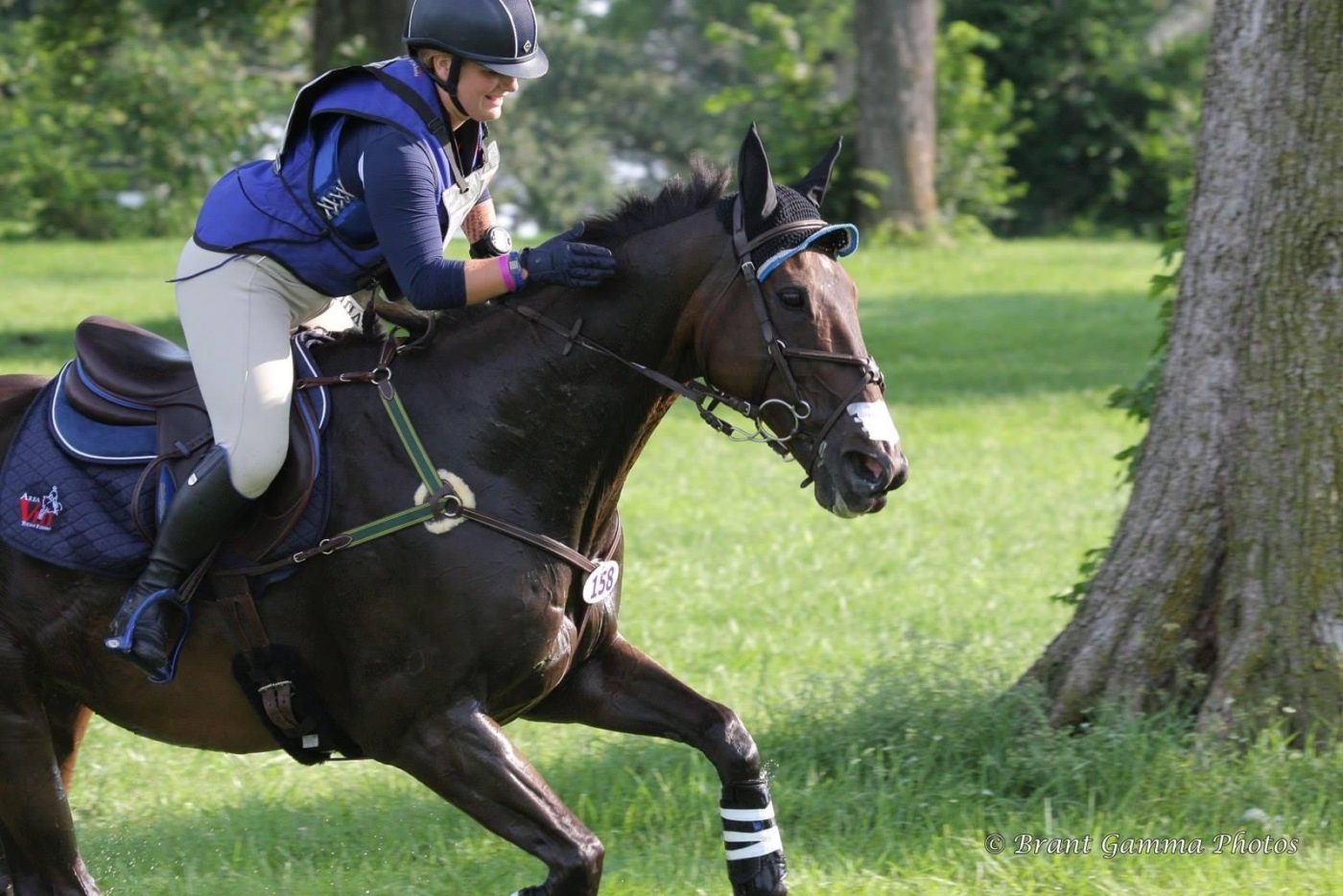
William Tatton Winter was a British painter who lived from 1855 to 1928. Sue Broughton, Winter’s granddaughter and a Thoroughbred breeder in New Zealand, named one of the foals from her 2000 crop for her grandfather. That foal, sired by the New Zealand Thoroughbred stallion Drums of Time, went on to compete at the upper levels of the sport of eventing with four different riders on two different continents under the name Tatton Winter.
New Zealand Olympian Vaughn Jefferis bought Tatton Winter from Broughton as an unbroken 2-year-old. “We’ve bought lots of horses from them over the years – they’re good breeders,” Jefferis said. Then, Jefferis happened to meet Sara Kozumplik Murphy on a trip to the United States – he was “hanging around” at an event and ran into her there. “We got to talking and I told her how I sell some horses in New Zealand and had some nice stuff," Jefferis shared.
“Vaughn rung me about Tatton and said, ‘I think this horse is quite cool,’ and he wasn’t much money, so Edy Rameika and I bought him out,” Kozumplik Murphy elaborated. “I’ve worked with Vaughn for a long time – he has been an incredible mentor and teacher for me and he is an unbelievable horseman.”
Kozumplik Murphy and Rameika, who bought Jefferis out when Tatton was about 4 years old, originally planned to leave Tatton with Jefferis for training until he was at least 5 years old. Matthew Gilmour, a rider working for Jefferis at the time, had started Tatton and took him to his first shows. “We were just going to leave him there since Matt’s such a beautiful rider and Vaughn does such a great job with young horses, we thought we’d let them start the horse and then bring him over,” Kozumplik Murphy said. “And, it’s so much cheaper to keep horses in New Zealand than it is in the United States. We wanted to see if he was going to be any good at first, otherwise we were going to sell him again, or if we thought that he was nice we were going to bring him over and add him to the event side of the barn.”
This was around the time that housing bubble burst in the United States, an event that helped trigger the financial decline into the Great Recession in the late 2000s. “At that point, Edy and I were definitely not wanting to take on any more obligations and flying the horse over from New Zealand just didn’t seem smart at the time," Kozumplik Murphy said. "I said to Edy, ‘It doesn’t cost us much to keep him in New Zealand, Matt is doing a beautiful job, let’s just leave him there.’”
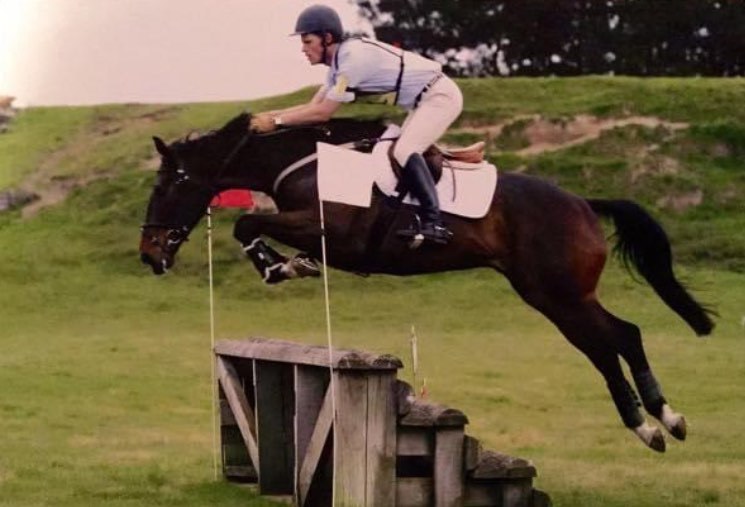
“Matthew did a beautiful job with him,” Jefferis reiterated. “Matthew was a beautiful rider, but a quiet rider – he could jump a clear round but he was never fast enough. We sent him cross-country to get him going forward and it taught him to get going a bit! Tatton Winter was the horse that helped put him on the map – they were a very good team.”
“If he was a person, Tatton would be a saint,” Jefferies said. “He is the sweetest, kindest, most generous horse, and he’s an amazing jumper. We used to call him the Wildebeest because he’s a bit short in the neck and he had a bit of a belly, but he had springs in his legs.”
“As a young horse he was a very good equitation horse – he started in his earlier life in the show jumping ring and went up to the 1.30-1.35 meter classes,” recalled Jefferis. “Our event horses always jump for a season or two before they event, and he was a good little show jumper. Then, when he was 6, we started eventing him and he did a lot of the [old] one- and two-stars. He was very competitive.”
Tatton ran his first international event with Gilmour in the tack in May of 2009 at Taupo in New Zealand, finishing in eighth place, and Kozumplik Murphy made the trip to New Zealand to watch him compete. “Matt was having such a good time with him, and we were still trying to cut costs, so we left him there,” she said. “Matt took him to some Intermediates and did what is now a CCI3*-S with him, and then we brought him over to the States in the winter of 2010.”
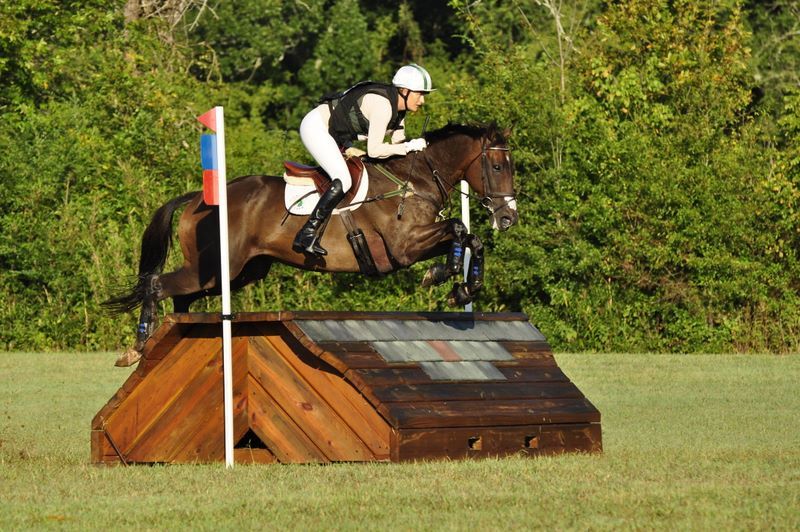
Finally stateside, Tatton and Kozumplik Murphy set about getting better acquainted. “I didn’t have a lot of horses at the time, so we decided I would ride him and see what we thought of him,” she said. “He and I got along quite well. [In the fall of 2011] I took him to Fair Hill and what I found with him is that unfortunately, although he’s a very sound horse, because he didn’t have unlimited amounts of scope he would get a bit back sore after cross-country. He had such heart, he would always jog sound but at the long-format events he would end up having poles down in the show jumping.”
In 2012, Kozumplik Murphy moved Tatton up to the Advanced level and in the fall they completed the CCI3* (now CCI4*-L) at Fair Hill International in 13th place. He was quite successful at Intermediate and Advanced horse trials, but struggled to jump clean on the final day of the FEI events he competed in. “This was around the time when Brian [my husband] had been trying to say to me, ‘Why are you trying to ask horses to do things that are a little hard for them? Back him off and find a job for him that’s really easy,’” Kozumplik Murphy said. “Tat was one of the first horses that really taught me the lesson about how cool that can be to do.”
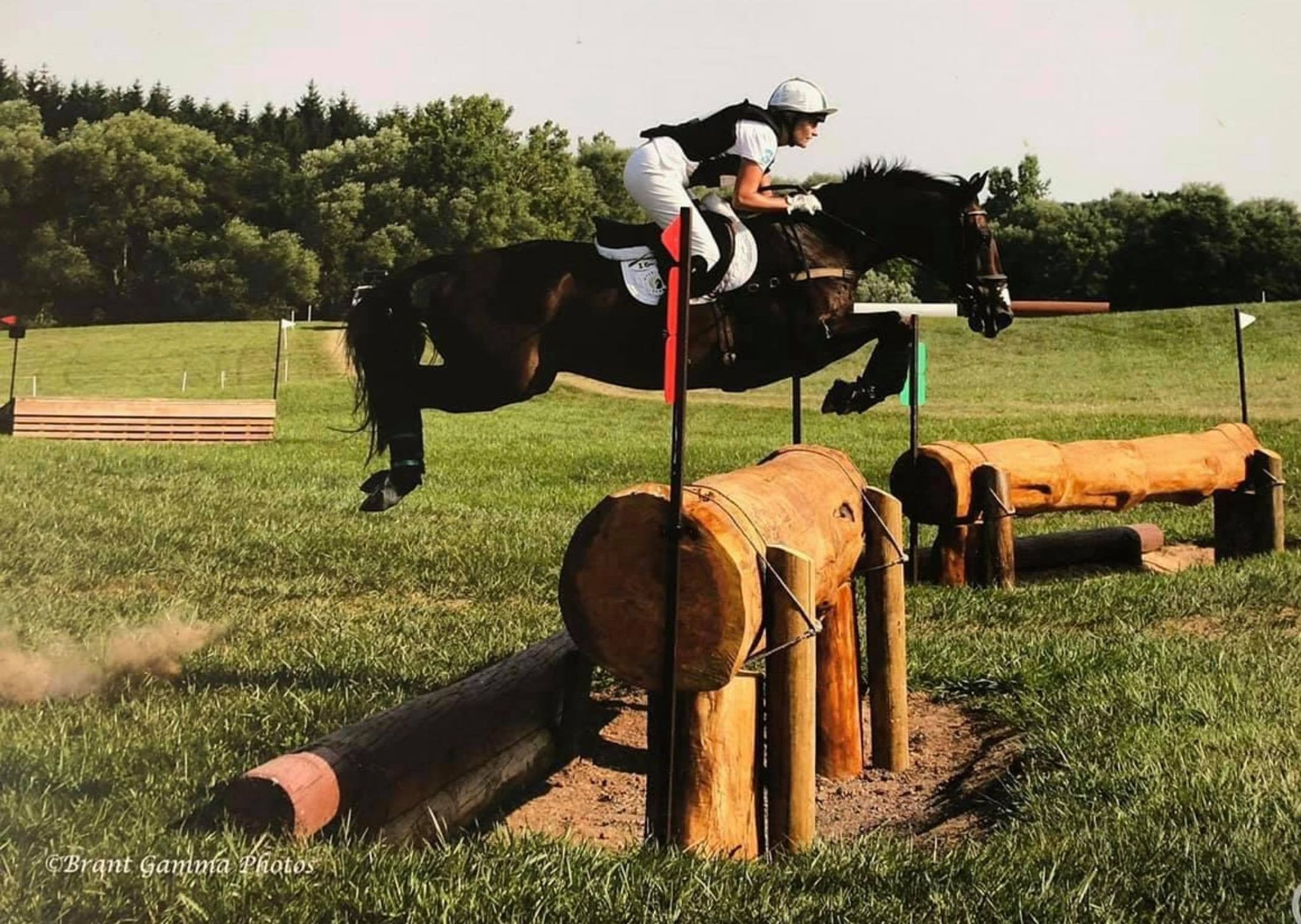
Kozumplik Murphy put Tatton on the market to find him a suitable match, and was even considering leasing him to the right situation. As it would happen, this was right around the time that Kozumplik Murphy took the job coaching the Venezuelan team for the Bolivarian Games, scheduled to take place in November 2013. “Brian called them my Jamaican Bobsled Team – I had three riders that had never evented before,” Kozumplik Murphy recalled. “They had done 1.10-1.15 meter show jumping in Venezuela and they needed to complete the equivalent of a CCI2*-L within six months to qualify for the Bolivarian Games.”
So Kozumplik Murphy started calling around to her friends in the eventing world to see if she could find a few seasoned campaigners for the Venezuelans to ride. “I knew the only way I could do it was having horses like Tat, that I could trust 100 percent because the most important thing was keeping them safe on cross-country.”
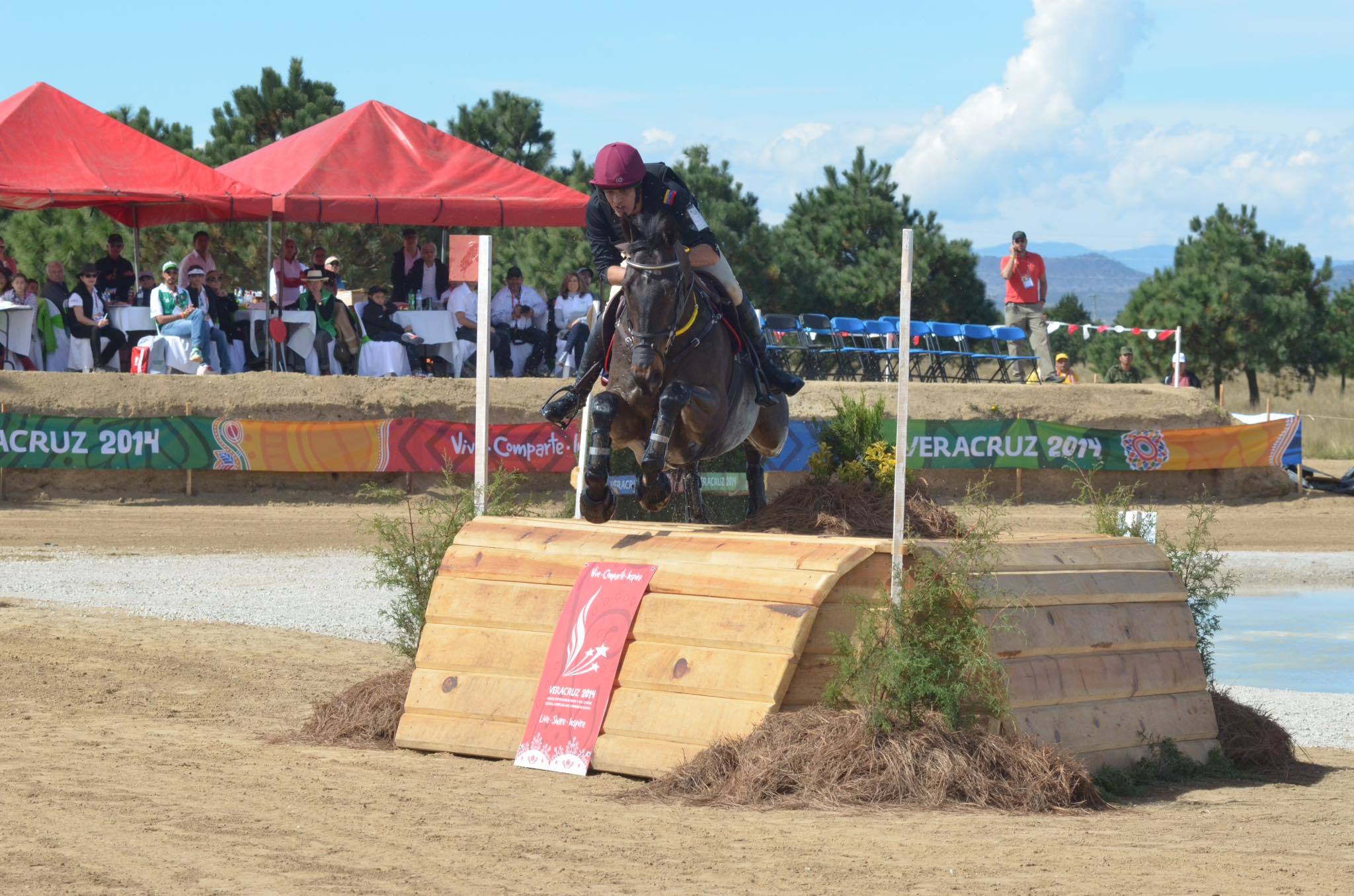
Kozumplik Murphy ultimately arranged to lease Clifton Peekachu and Irish Diamonds in addition to her own Manolo Blahnik and, of course, Tatton, for the Venezuelan riders. Roberto Delgado was partnered with Tatton, and in their first six months together they won the Preliminaries at Morven Park and Richland Park. Despite those strong performances, and a 10th place finish in the CCI* (now CCI2*-L) at Hagyard Midsouth, Delgado was not picked to represent Venezuela at the Bolivarian Games. However, Delgado and Tat were on the team for the Central American Games the following November.
“I could send Roberto and Tat out of the box and I would say to Roberto, ‘Don’t move, just sit still and look at the next job. Let Tat do his job,’ because he was so brave and would get quite strong if you tried to control him a little too much.” Kozumplik Murphy recalled that the Games saw quite a few problems on cross-country – over a third of the field was eliminated or retired – but Delgado and Tatton came home clear and inside the time as the trailblazers for Team Venezuela. Delgado and Tatton finished 13th individually and the Venezuelan team finished in fourth place. “It was unreal, what he did for Roberto,” Kozumplik Murphy said.
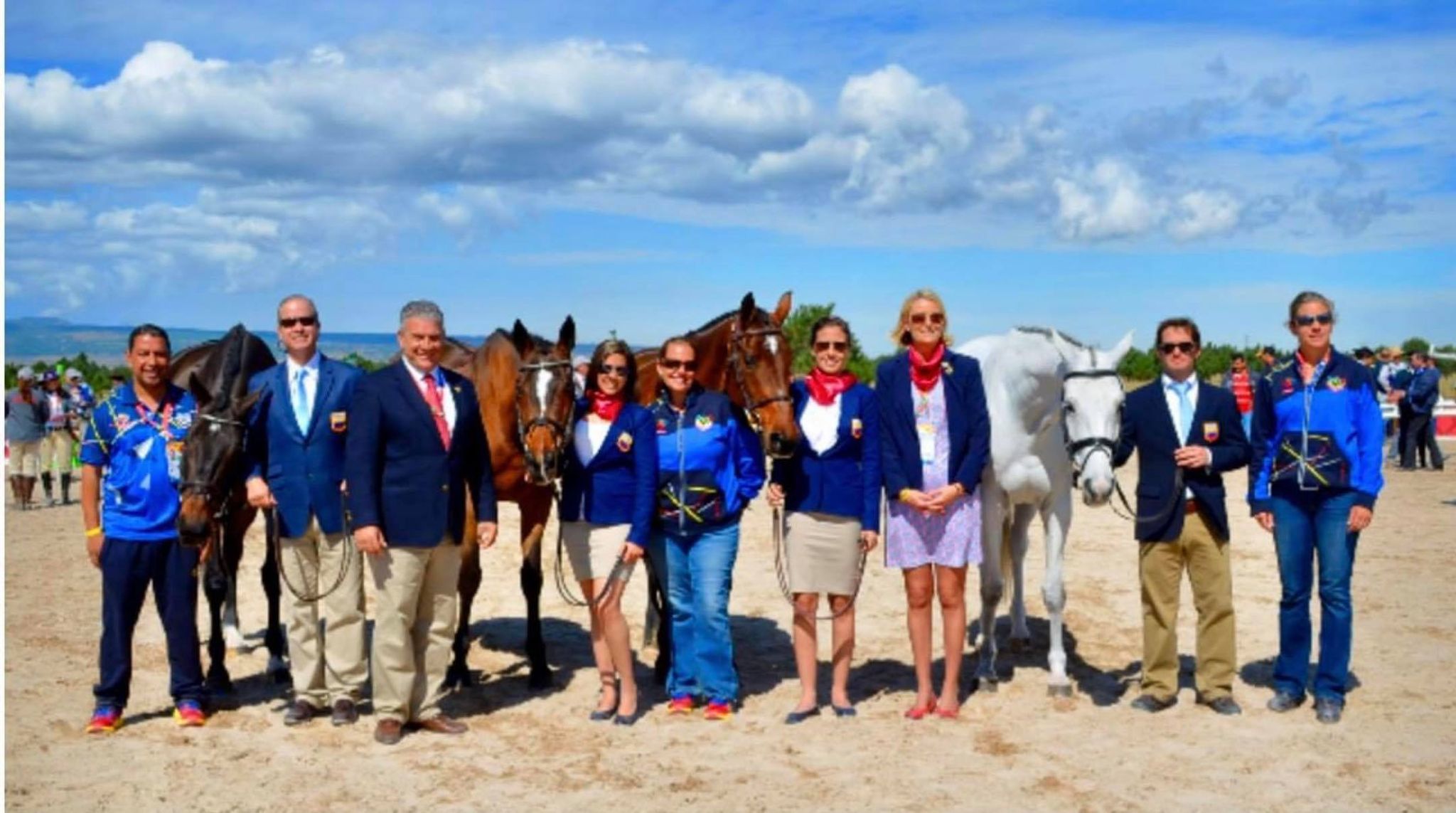
“Tatton was the horse with the personality of having the patience to teach me and take care of me on cross-country – many times my life was in his hands (legs),” Delgado said. “Thanks to his experience, we were always able to successfully finish international competitions and I obtained the experience to be able to ride other horses thanks to his teaching.”
After the Central American Games, Kozumplik Murphy started thinking about what was next for Tatton. Jackie LeMastus happened to be riding with Lauren Ferguson at the time and Ferguson sent LeMastus over to Kozumplik Murphy for some additional coaching. LeMastus told Kozumplik Murphy that her goal was to compete at the North American Youth Championships and Kozumplik Murphy suggested they lease Tatton and if they got along and did well at NAYC, they could buy him.
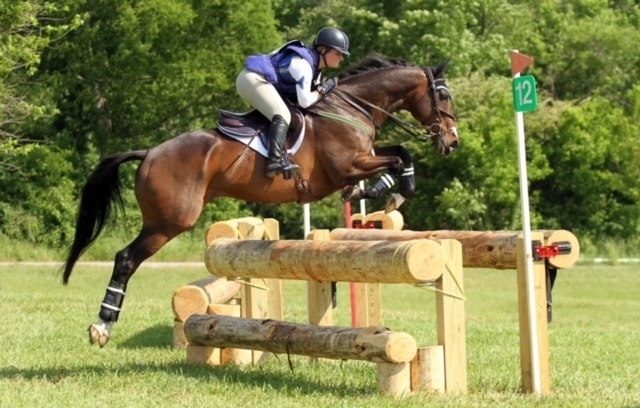
“My coach at the time, Lauren Ferguson, had gotten a call from Max Corcoran that there was a horse I needed to sit on, that they thought would be a perfect fit,” LeMastus said. Corcoran had seen Tatton competing at the Central American Games and was familiar with his story. “I went to sit on him at Sara’s farm in Florida when we were looking for a possible lease option.”
LeMastus took Tatton to compete in the Training division at Rocking Horse just one week after meeting him for the first time. Three weeks later they were seventh in their first Preliminary together at Poplar Place, and they ran their first CCI* (now CCI2*-L) in April. “Sara and her husband Brian were fantastic in helping me to build a partnership with Tat and learn as much as I could about him,” LeMastus said.
After a highly successful spring together, Tatton and LeMastus were picked to represent Area VIII at the North American Junior/Young Rider Championships at the Kentucky Horse Park in Lexington, Kentucky. They finished in 24th place individually and contributed to a team bronze medal with a double-clear cross-country round. “Tat is the kind of horse that you could do that kind of thing with [qualify for a national championship within five months of meeting him] as long as you respected the way HE liked to do things,” LeMastus observed. “He has a particular way of going, where you have to hold on a bit and understand that as a kid, he definitely knew more than I did, and definitely believed that he had things handled and I was just along for the ride.”
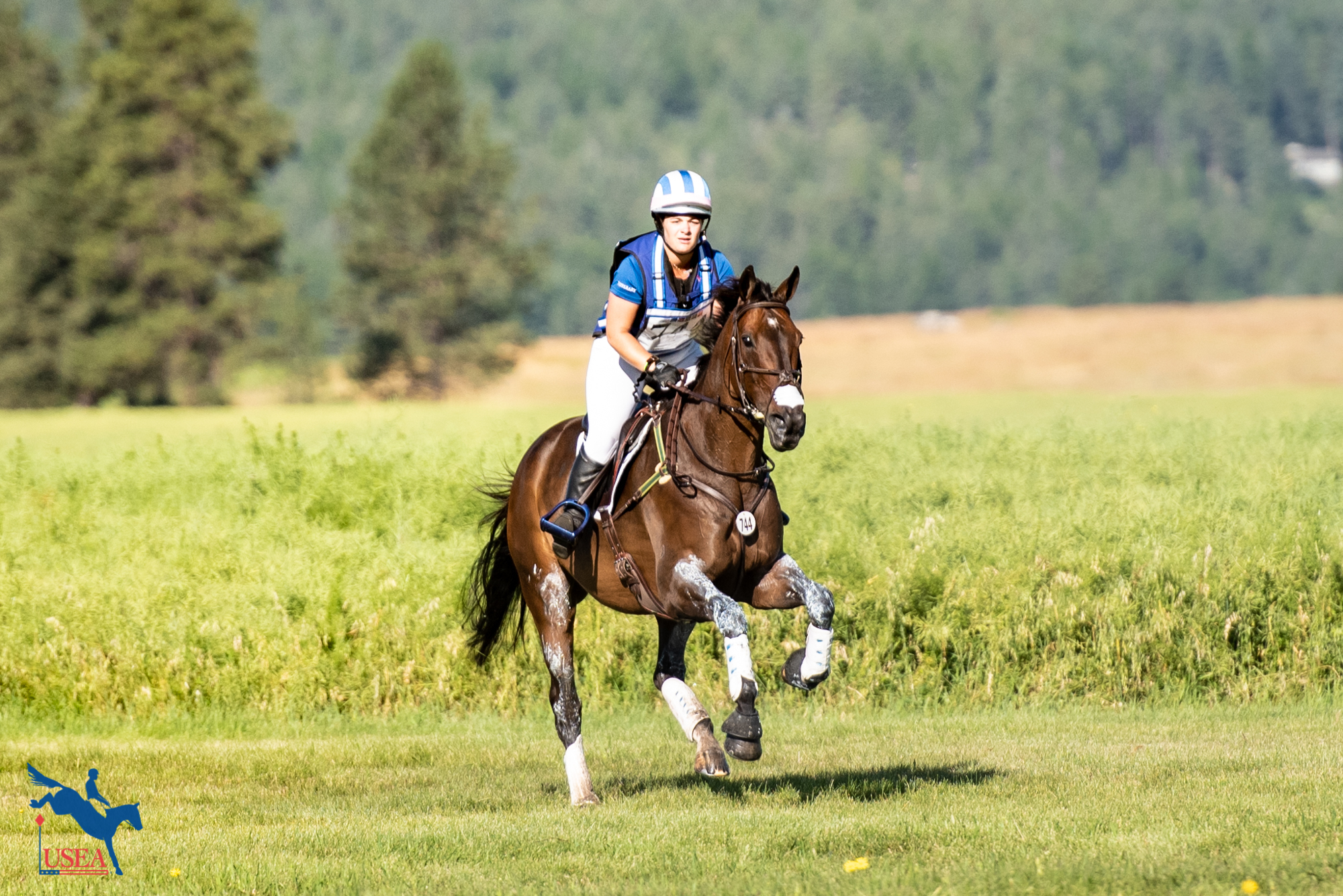
“As I grew in my riding and in our partnership, we came to a bit of an agreement where I told him what I thought we should be doing, he’d keep that in mind, and pretty much did what he wanted anyway,” LeMastus continued with a laugh. “Tat is just like that – you’d trust him no matter what.”
“Tat was that horse that could help Jackie reach her immediate goals,” Kozumplik Murphy said. “He was the one who could jump those bigger tracks for her.”
Tatton took LeMastus to her first Intermediate in the spring of 2016 and they completed their first CIC2* (now CCI3*-S) at Poplar Place not long after. LeMastus continued to gain experience at the Intermediate/two-star level with Tat over the next 18 months, returning to represent Area VIII at the NAJYRC again in 2017.
“NAJYRC wasn’t our weekend that year in 2017,” LeMastus reflected. “Tat tried his heart out, and when he just wasn’t quite himself on cross-country I knew I needed to listen to him. He’d never put a foot wrong for me and owed me nor anyone else anything! We took him home, ran some bloodwork, and realized that there were some issues. So Tat got to just go to college with me and hang out for a semester. I picked him back up, kind of just letting him set the tone for how much he wanted to do. He was totally game, so I took him around a couple Preliminaries that fall and decided that he’d be best suited to teach someone else all the incredible things he taught me!”
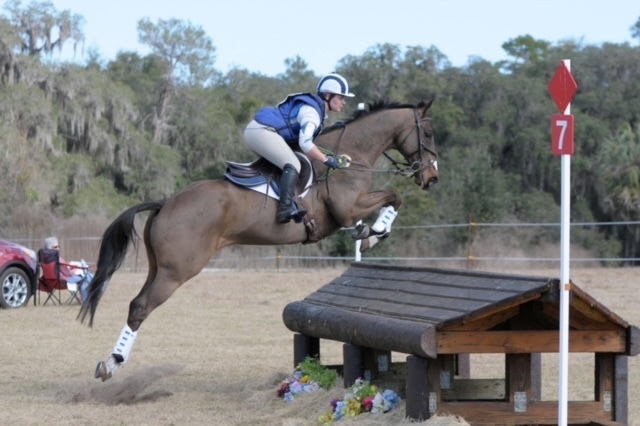
Tatton went back to LeMastus’s home in Kentucky to teach lessons for a time before looking for another full-time job. “When it came time to look for a full-time ‘new person’ for Tatton, I knew it had to be a decision I made with Sara,” LeMastus said. “Together we made a post on Facebook that we were looking for a free lease situation for him, but that we’d be especially picky . . . Little did we know the post would go crazy! I think between the two of us we had hundreds of Facebook and text messages with people inquiring about Tat!”
Sara got a call from Max Corcoran, who had originally tipped LeMastus off about Tatton in 2015, with an idea for who could be Tatton’s next jockey. “Max messaged me and said, ‘Sara, you should go with Rob Burk. He’s a really cool guy and it’s going to be a great home.’”
Rumsey Keefe, mother of LeMastus’s fellow student at the University of Kentucky Ryan Keefe, had a student looking – Emma Burk, daughter of USEA CEO Rob Burk. “I got a call from Rob asking about Tat for his daughter Emma, and everything just happened to fall into place,” LeMastus said. “From the first time Emma met Tat, he seemed to love her. It probably helped that she came prepared with a bag of snacks!”
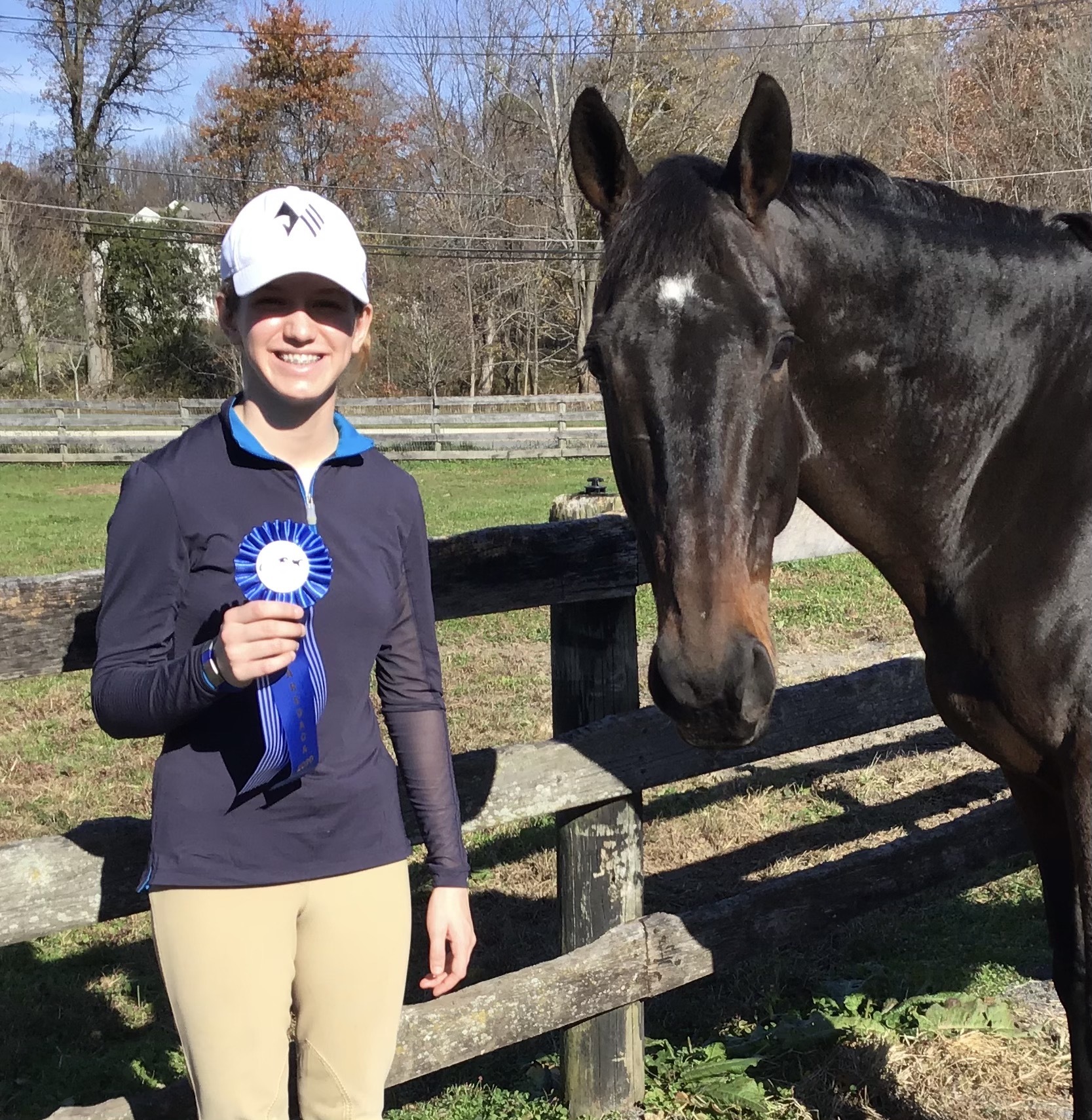
“He saw the carrots first and just went after them, I don’t even think he noticed me!” Emma said of her first meeting with Tatton. Emma had been riding a 14.2-hand Welsh pony, so a 16.3-hand New Zealand Thoroughbred was quite a change for her. “Sitting on him for the first time I remember that he was super tall,” she said. “But sitting on him made everything look way smaller than it had on my pony! A bigger horse meant bigger strides, bigger movement, bigger everything. I was worried about not being able to get used to it.”
Like he has for the riders that came before Emma, Tatton has been a wonderful teacher. “He’s taught me more about what I can do because before I felt like I was doing everything wrong. Now I feel like I’ve learned a lot. I jump better with him now, I feel more confident, he’s taught me more about flatwork because he knows so much, so I’m learning from him.
Emma credited Keefe with giving her the confidence to ride Tatton. “Before, I got dumped a lot,” Emma admitted. “Now with Tatton, Rumsey keeps making the jumps higher and Tatton keeps jumping it like it’s nothing. It help makes me feel better about how we’re doing.”
Emma had never evented before Tatton, so Tatton took her to her very first Elementary level event. “We trotted the entire cross-country course because I was too scared to canter,” Emma laughed.
Last summer, Emma and Tatton competed in Emma’s first recognized event, finishing in third place in the Beginner Novice division at Waredaca. In October, Emma and Tatton placed eighth in the Area II Beginner Novice Championships at the Maryland Horse Trials. Comparing her most recent show with Tatton, an unrecognized Novice level competition, Emma said “I cantered the whole cross-country course, which was a big improvement!”
“Whenever we’re in a tough spot and I get super nervous, I just have to remind myself that he’s fine with this – he probably doesn’t even care,” Emma said. “Why am I the one freaking out? He’s the one who has to jump it! He’s so willing to please and he loves his job. When I think he’s going too fast, I just have to remind myself that we’re only doing this because he loves it so much!”
“He’s my best friend! What else can I say?”
The USEA Horse Heroes series celebrates equine athletes who have contributed to the sport again and again, competing with multiple riders at the upper levels of the sport. Do you know of a horse hero who deserves recognition? Email your tips to JDuffy@useventing.com.